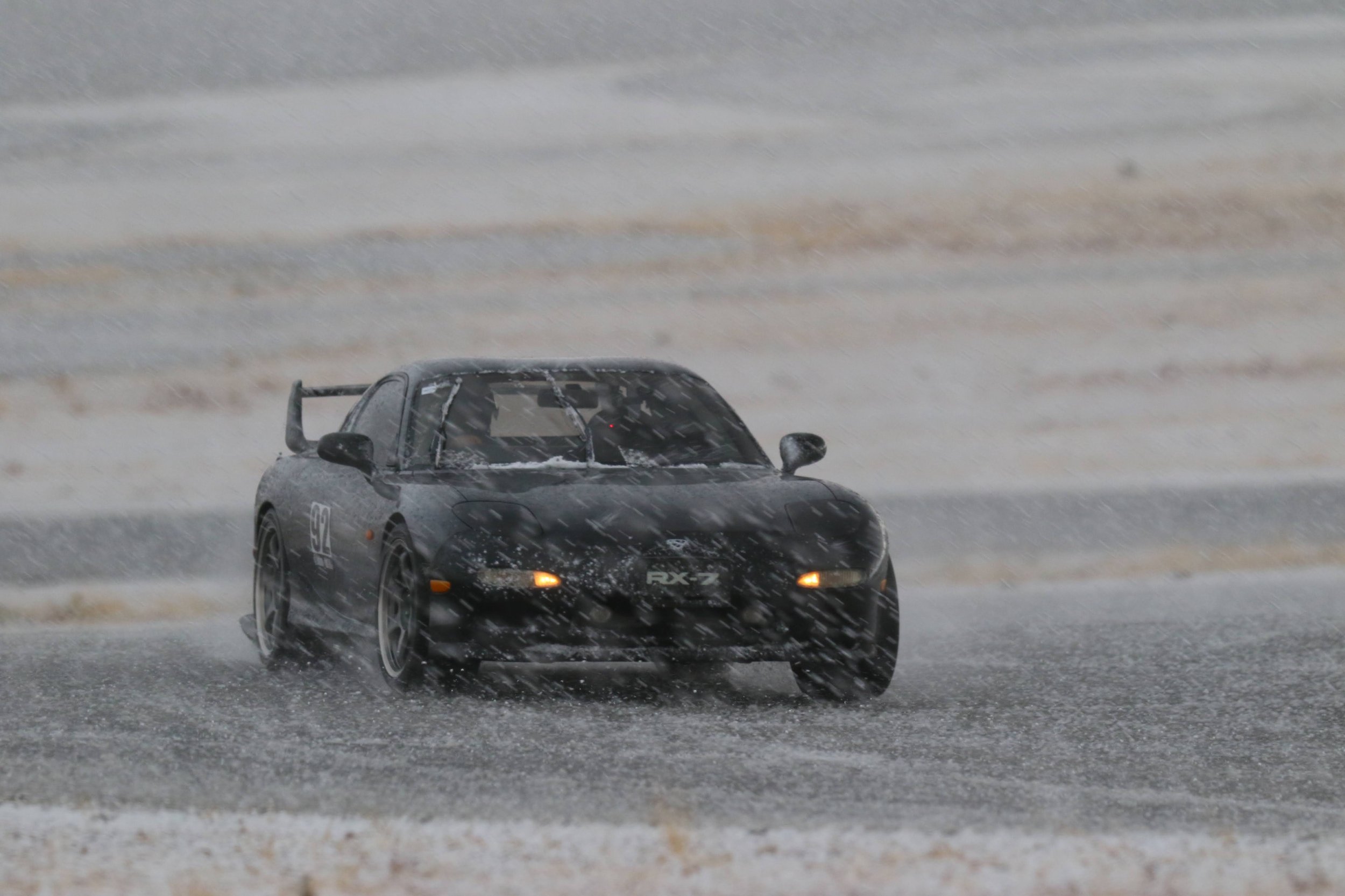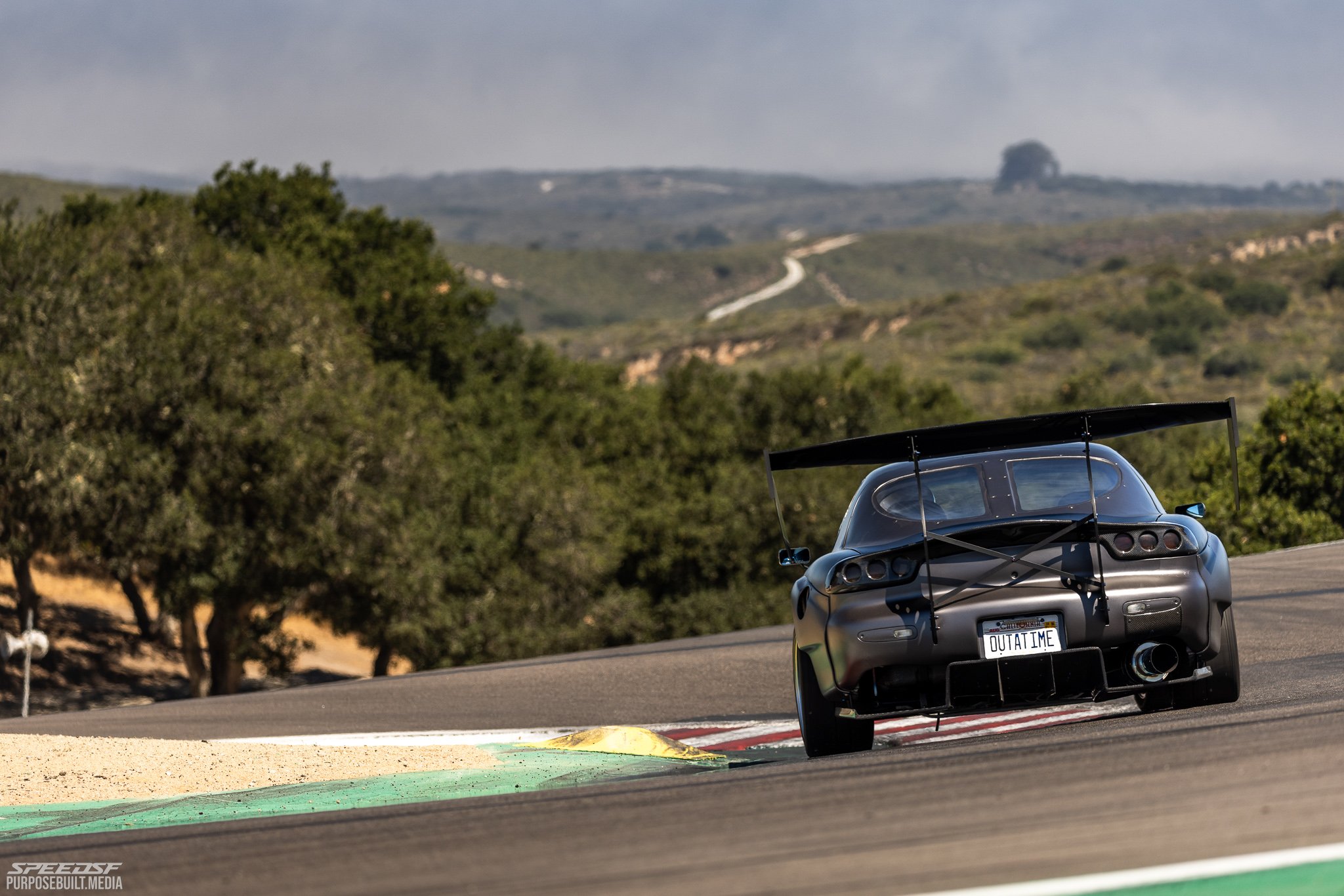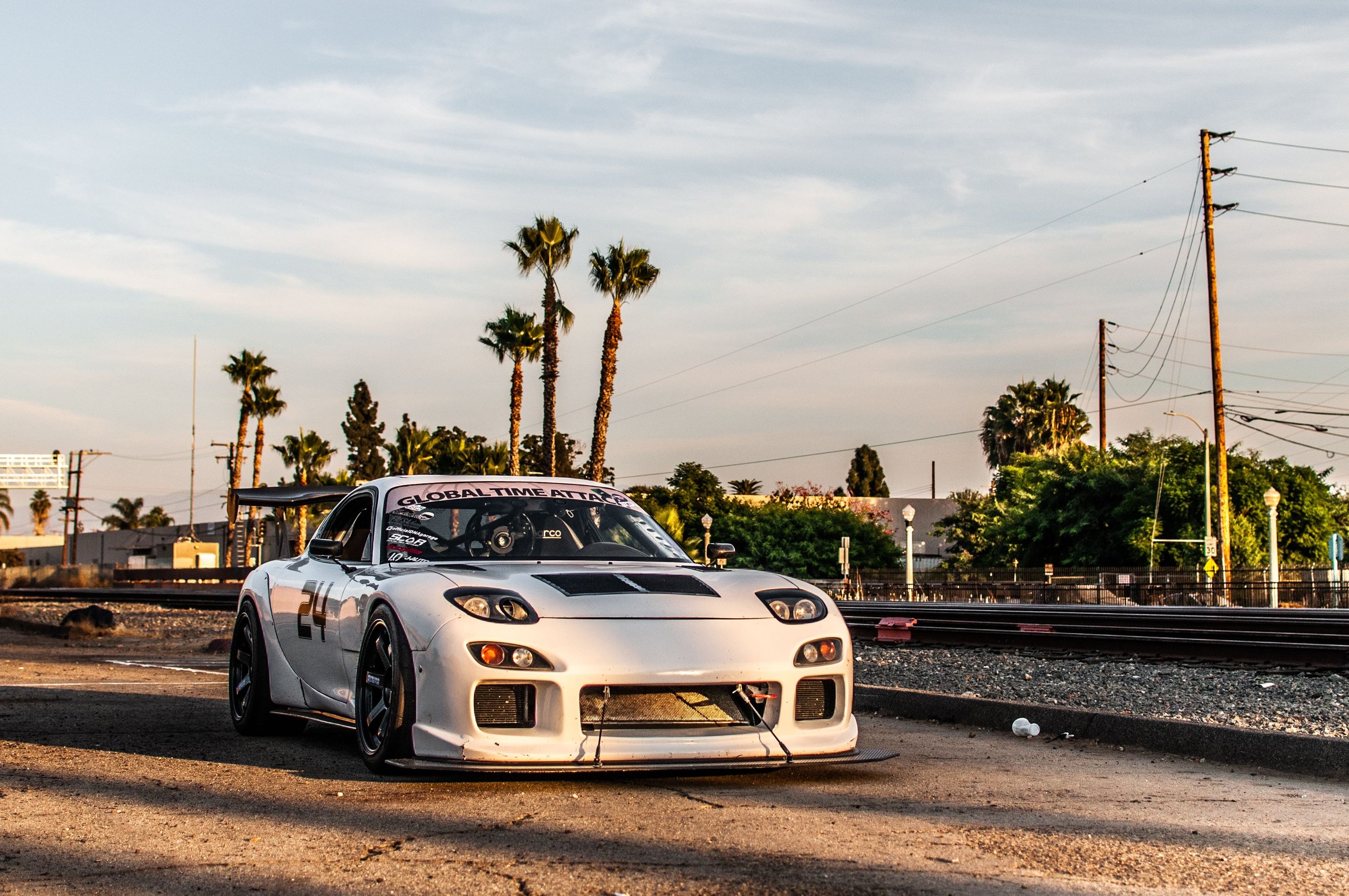
SpeedSF Blog
Every Build Has a Story – Meet the Cars of SpeedSF

Rafael’s FD3S RX-7: Pipe Dream
After dreaming about one of his Gran Turismo hero cars for many years, Rafael Guerrero was able to trade up through over a dozen RX-7s and eventually snag this gorgeous 1992 RX-7 Type R.

Joe’s RX-7: Long Time Coming
As problematic as the rotary engine has been for Joe Salinas, he's had a hell of a time modifying his thirteen different Mazda RX-7s — especially this track-only widebody FD3S.

Johnson's RX-7: Refreshingly Reliable
After taking on the daunting task of road racing a turbo RX-7, Johnson dealt with the teething pains of a force-fed rotary, but his dedication to the platform has taught him what needs to be done to keep the particular powerplant happy.
